
Rocky Mountain coal mine in Alberta takes next step to expansion
In Alberta, a massive open-pit coal mine near Jasper National Park is hoping to expand...
While most Albertans were focused on the holidays — dreaming of a mini-break or hustling through the malls — the business of government didn’t rest.
The middle of December proved busy for announcements from the province, the auditor general and the Alberta Energy Regulator that could have impacts on everything from oil and gas liabilities to the cost of urban sprawl.
Here’s what Albertan officials were up to while you were probably not paying attention.
On Dec. 14, the Alberta Energy Regulator — the sole regulator of all fossil fuel development in the province — released a new report looking at water use by the oil and gas industry, which showed it consumed 221.4 billion litres of water in 2022.
The vast majority of that fresh water — 212 billion litres — was used by eight oilsands mines in northern Alberta, owned by four companies — Suncor, Canadian Natural Resources Ltd., Imperial Oil and Syncrude.
To put it in perspective, the city of Calgary, with a population of 1.25 million people, used 162 billion litres of water in 2019.
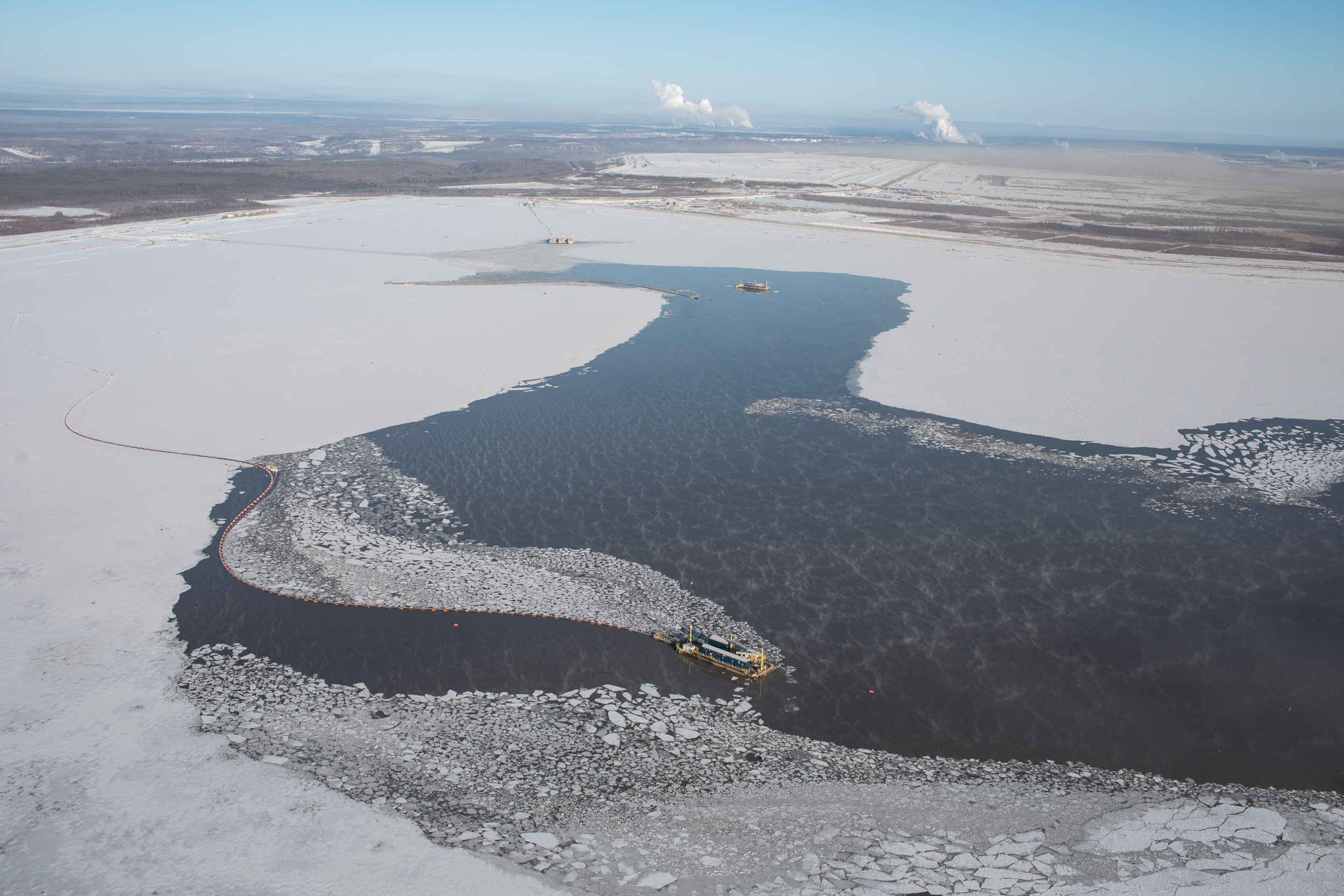
That only represents fresh water use by the industry, with the majority of its water recycled from things like tailings and retention ponds at oilsands mines.
The regulator notes the oilsands used 17 per cent more fresh water in 2022 overall than it did in 2013, but said the amount of water used to produce each barrel of oil has fallen.
Phillip Meintzer, a conservation specialist with the Alberta Wilderness Association, said it’s great that 80 per cent of the water used in the oilsands was recycled, but fresh water use is still significant, particularly in a time of “water crisis.”
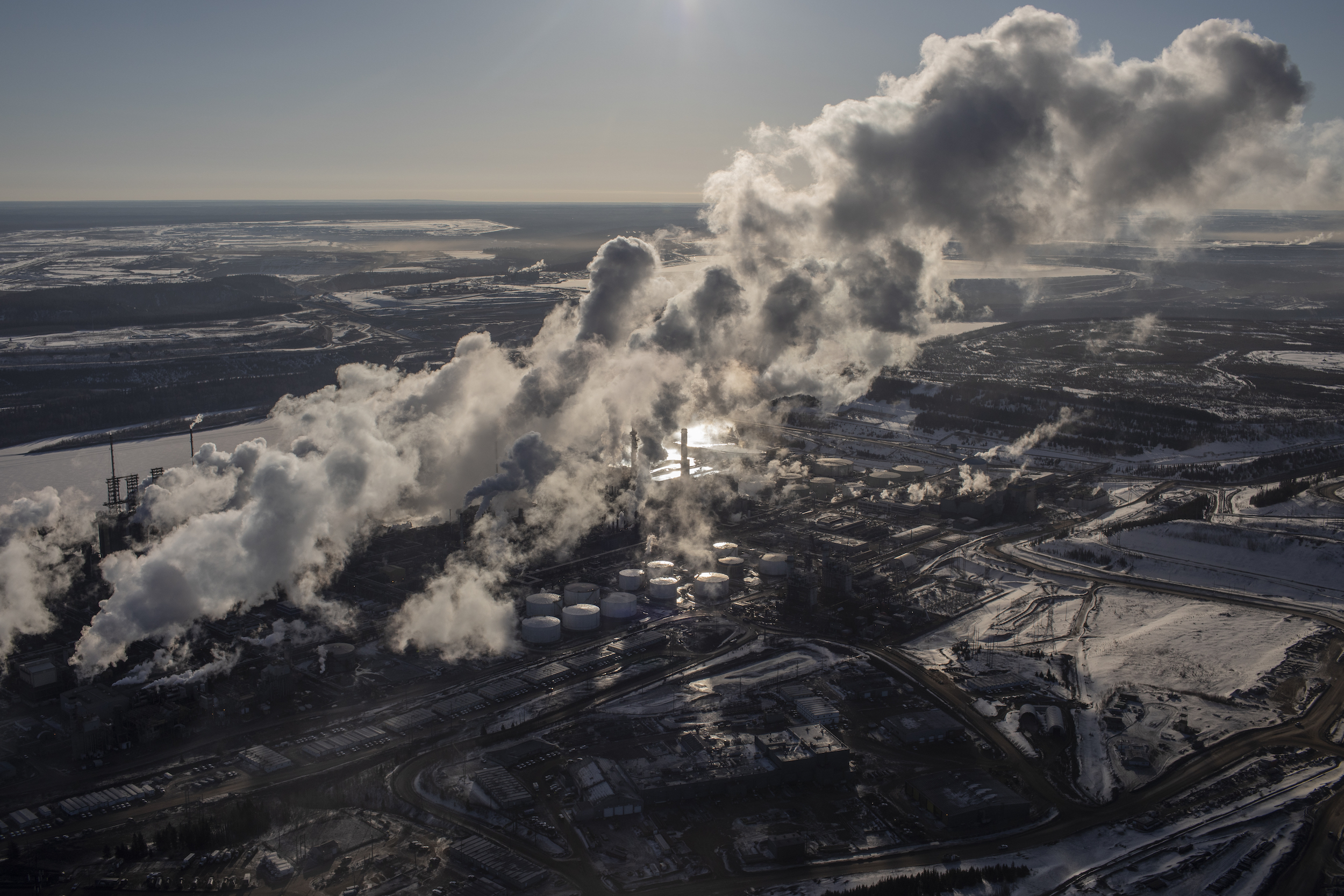
“If droughts and, say, wildfire — all of these natural disasters that are associated with climate change — if they’re more frequent and fossil fuels are linked to driving these climate changes, then we’re essentially wasting this fresh water on the root cause that’s driving these drought scenarios,” he said.
Renato Gandia, a spokesperson for the Alberta Energy Regulator, said questions about reducing water use for the oil and gas industry during a drought should be directed to the government.
The press secretary for Minister of Environment and Protected Areas Rebecca Schulz did not respond to emails by publication time.
Also on Dec. 14, the province announced it was introducing a new pilot program to reclaim oil and gas sites in the province. The move would allow a company to receive a reclamation certificate for a portion of a site, even if the remainder still needs cleanup. Reclamation certificates are issued when land is cleaned of unacceptable levels of contamination and it has been returned “back to a state similar to what it was in prior to development.”
“These pilots demonstrate our commitment to reducing red tape while ensuring that all companies clean up their sites when decommissioned,” Environment Minister Rebecca Schulz said in a news release. “The pilots are the first step in improving the current reclamation certificate issuance process for well sites and associated facilities. If successful, they will help make the reclamation process faster, clearer and more effective.”
The pilot only impacts private land and requires the consent of landowners. Applications will be accepted as of Feb. 28 and will accept 100 slots applications.
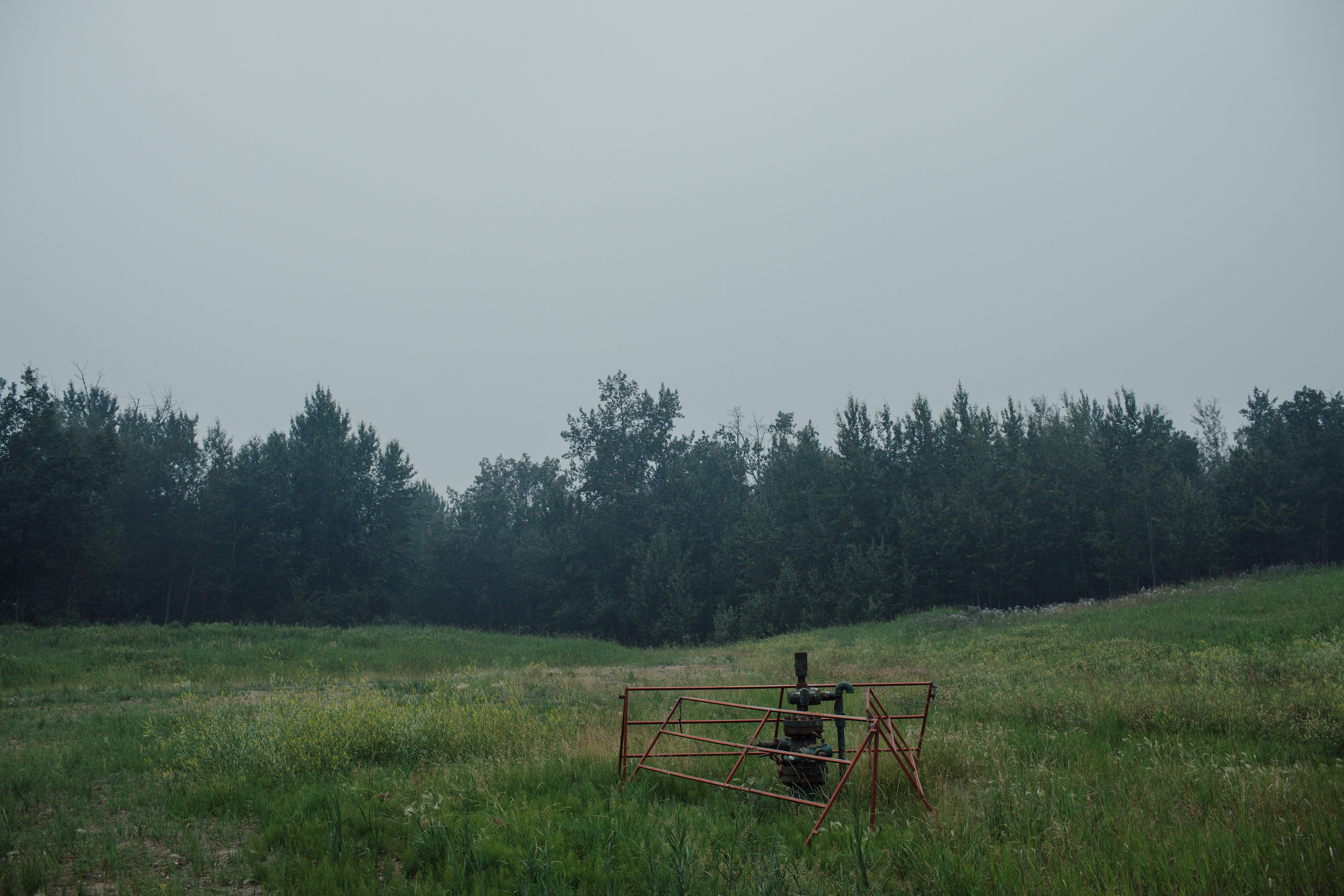
“It seems like a pretty transparent attempt to provide quicker relief to companies with large liability inventories — to give them the benefit of a reduced liability inventory as soon as possible — without taking the time required to ensure proper certification,” Martin Olszynski, a law professor at the University of Calgary who studies environmental liabilities, said. A company’s liability inventory can impact its ability to obtain new drilling licences.
Also included in the pilot is a process to make it easier for companies to ask permission to return sites that were peatlands prior to industrial activity to forested land instead. Some peatlands in northern Alberta have been forming for more than 10,000 years.
The government also announced a policy that could allow companies seeking reclamation certificates to have a greater concentration of weeds than was previously allowed on sites in forested areas.
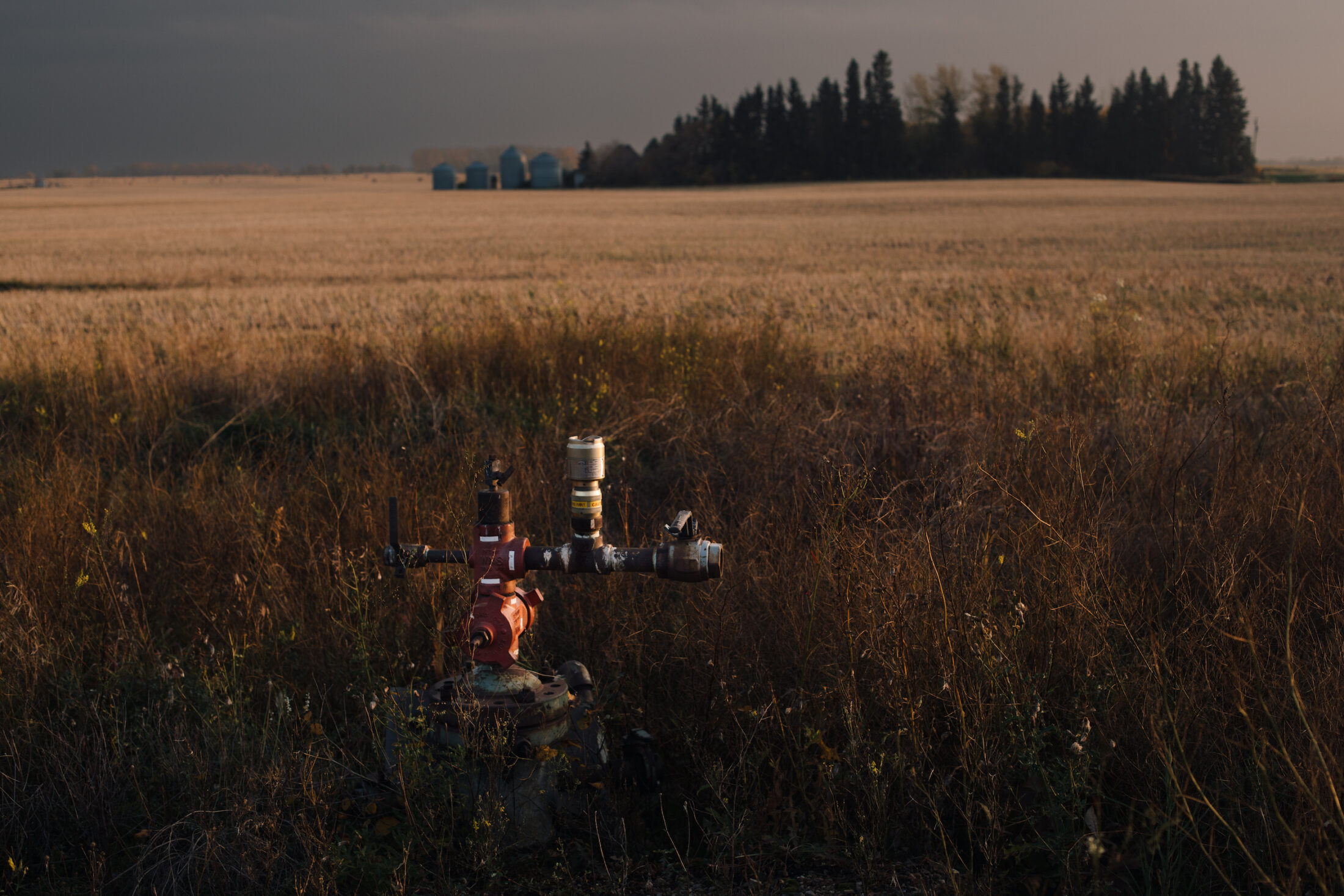
Olszynski said it appears the regulator is “enabling industry to get while the getting’s good,” but he’s not sure if that is based on a short-term horizon that follows the four-year term of the current government, or a longer horizon based on oil and gas demand.
“In either case, Albertans should expect no meaningful reforms on the liability management front under current political and industry leadership,” he said.
Gandia, with the regulator, said questions about the pilot should be directed to the government, but the press secretary for the environment minister did not respond to emails.
On Dec. 18, the Alberta government announced proposed changes to powers granted to Edmonton and Calgary that could have a big impact on the environment and affordability.
The province referred to the changes as both “minor” and “major” in the same release and said it will reduce the costs of new homes in the cities as prices continue to climb.
The two cities have what are known as “charters” — essentially agreements between the city and the provincial government that bestow special powers above and beyond what other municipalities can do to suit the specific needs of the metropolises.
In this case, the province wants to allow developers to appeal off-site levies — meant to defray the costs of infrastructure like roads and sewers to new far-flung suburbs — to a provincial tribunal. It also restricts how much a city can charge based on how much a developer can earn.
It also wants to remove the ability of the cities to enact “inclusionary zoning” that allows them to collect money or other resources to be put towards affordable housing.
The proposals will go to cabinet for approval 60 days after the announcement.
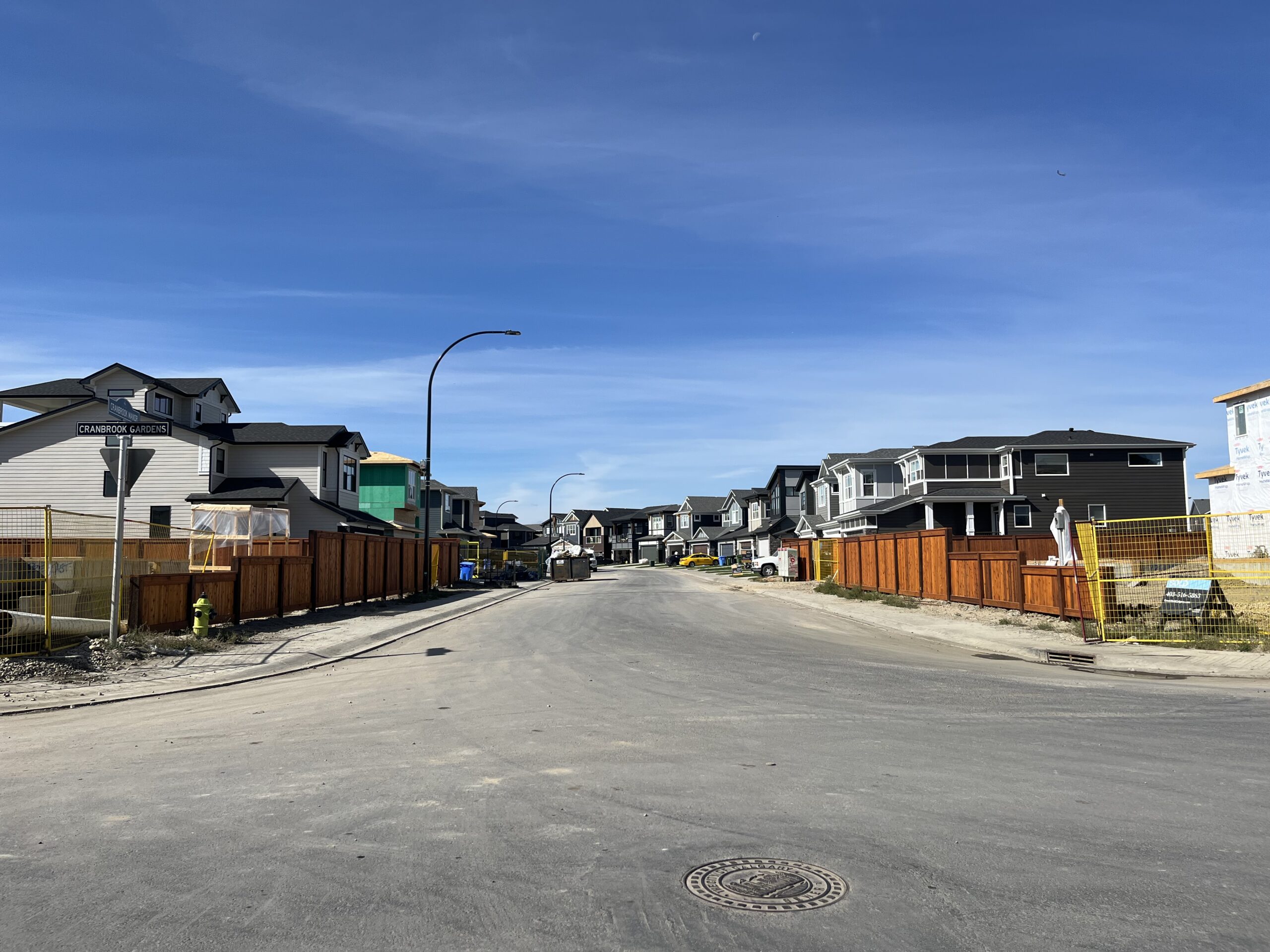
Naheed Nenshi was a central figure in the fight to introduce off-site levies when he was the mayor of Calgary. He said it was a contentious policy at first, but was necessary to bring down the costs of servicing new suburbs and that, ultimately, developers came on board.
“When I was in office, we more than doubled the off-site levies because we believed that growth should pay for itself,” he told The Narwhal.
Nenshi said the costs were negligent to non-existent for the developers in the end because the levies were charged on a per-acre basis and they found a way to squeeze more homes onto their parcels, increasing supply and reducing the levy costs.
The impact of the change could be negligible, Nenshi said, depending on how the appeal process — which can now pass through the provincial Land and Property Rights Tribunal, the same body which oversees landowner complaints about oil and gas companies’ unpaid land rent — is implemented and used.
Right now, Calgary and Edmonton councils can create bylaws — thanks to the charters — related to the conservation and efficient use of energy.
But on Dec. 18, the province announced it also wants to remove the power of the two major cities to mandate energy efficiency standards above provincial codes in new homes.
When it comes to enforcing additional standards for energy efficiency, the former Calgary mayor isn’t convinced cities have the right expertise to design that sort of bylaw anyway and said it makes sense to have a uniform code across the province.
“The hard thing on this whole issue is it’s really difficult to divorce good policy from who happens to be in government,” Nenshi said.
“It’s the same with the reform of Alberta Health Services. There’s probably nobody in the province who believes Alberta Health Services should not be reformed, but nobody trusts this government to do it. And the challenge of the building codes is exactly the same thing.”
On the same day the regulator released its look at water use, Alberta’s auditor general unveiled the latest review of government expenditures and operations. Significant attention was paid to lapses in both the Alberta Energy Regulator and Alberta Environment and Protected Areas.
Out of all government departments, Environment and Protected Areas was second in terms of the sheer number of outstanding issues to be dealt with — two new this year, but many stretching back years. In total, there are 19 outstanding auditor recommendations that haven’t been properly addressed.
Of the issues that are new in the most recent report, the auditor general found the department is experiencing significant staff turnover and faced challenges in adapting to a government imposed reorganization. The auditor noted it struggled to submit financial statements.
“The reorganization required a substantial amount of additional preparation time to properly reflect the changes in the financial information. While all the final deadlines were met, the efforts to achieve that outcome are unlikely to be sustainable in the future,” the report reads.
“The department has experienced increased employee turnover over the last number of years, at all levels — from junior staff to the executive.”
Olszynski, the law professor, said the report is another indictment of the government and the regulator.
“It has to be deliberate,” he said. “ Like, nobody can allow for this degree of mismanagement.”
The auditor general has long been clear Alberta’s Environment Ministry has not adequately kept tabs on the true cost of cleaning up old energy development in the province.
Unclear accounting about the true scope of mining liabilities — including the oilsands — and ensuring there is enough security to clean it all up, was first noted by the auditor general in 2015. Another, which cites inadequate enforcement and monitoring of wetland replacements, was first noted in 2010 and again in 2015 with no significant progress.
The mining security question could involve up to $130 billion in liabilities, according to some estimates presented internally by the Alberta Energy Regulator.
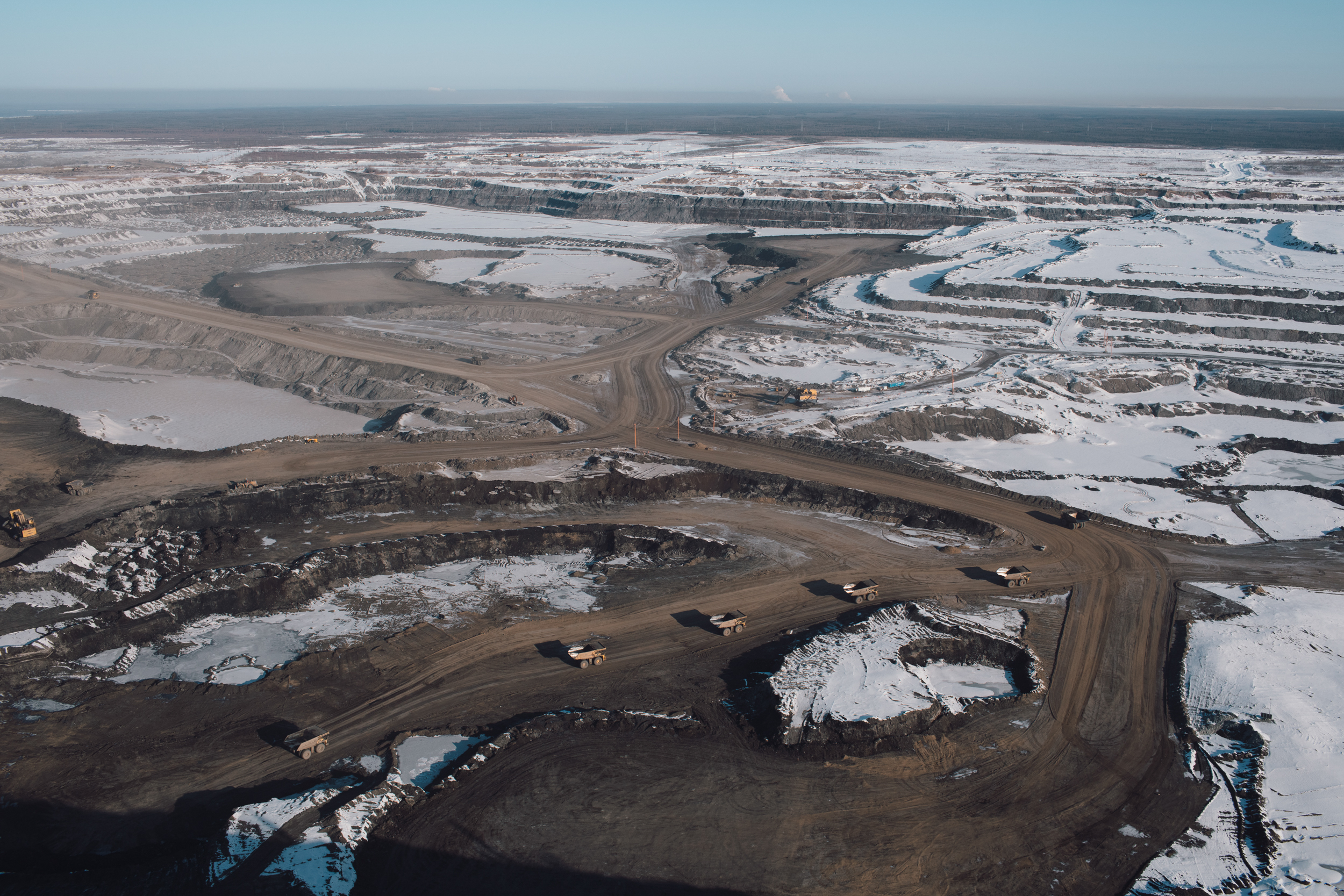
Most of the auditor general’s knuckle rapping for the Alberta Energy Regulator is tied to a report from the auditor released in March 2023 that examined failures in managing oil and gas liabilities.
That list includes ensuring there is enough money to cover clean-up costs, improving monitoring and compliance for cleaning up sites and working with Environment and Protected Areas on who is responsible for disputed sites across the province.
Gandia said the organization continues to work on the recommendations and anticipates “an initial response” on all nine outstanding recommendations to the auditor general in early 2025.
He said when it comes to accounting for who is responsible for sites, the regulator is dependent on the government providing policy guidance before it can address the auditor’s concerns.
Olszynski said he believes the regulator is busy making piecemeal announcements in order to appear like it’s doing its job without accomplishing any real change.
“They’re terrified of doing anything effective,” he said.
Get the inside scoop on The Narwhal’s environment and climate reporting by signing up for our free newsletter. A $335 million funding commitment to fund...
Continue reading
In Alberta, a massive open-pit coal mine near Jasper National Park is hoping to expand...

A trade war could help remake B.C.’s food system, but will family farmers be left...

First Nations are leading efforts to make sure lake sturgeon can find a home in...
